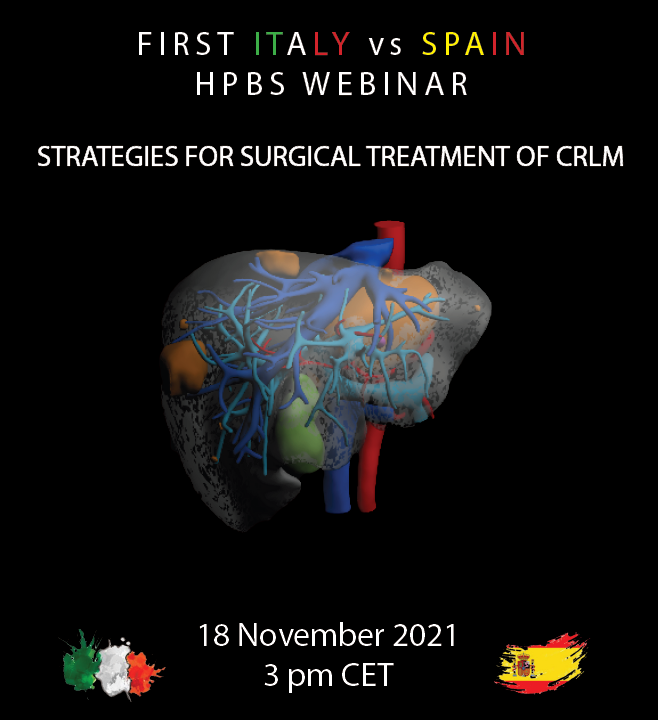Strategies for Surgical Treatment of Colorectal Liver Metastases
A special issue of Healthcare (ISSN 2227-9032).
Deadline for manuscript submissions: closed (15 May 2022) | Viewed by 8510
Special Issue Editors
Interests: liver surgery; liver and kidney transplantation; minimally invasive liver surgery; robotic surgery; immunosuppression; surgical oncology; hepatocellular carcinoma (Hcc); cholangiocellular carcinoma (Ccc); colorectal liver metastases (Crlm)
Interests: liver surgery; minimally invasive liver surgery; surgical oncology; hepatocellular carcinoma (Hcc); cholangiocellular carcinoma (Ccc); colorectal liver metastases (Crlm)
Special Issue Information
Dear Colleagues,
It is our pleasure to announce the launch of a new Special Issue of Healthcare on “Strategies for Surgical Treatment of Colorectal Liver Metastases”. Colorectal cancer is the second most common cancer among women and the third most common among men. It accounts for 10% of all cancer-related deaths globally, and about 25%–50% of patients develop colonic liver metastases (CRLMs). The survival rate following diagnosis has improved significantly over the years due to the multidisciplinary treatment that involves radiology, oncology, liver surgery, colorectal surgery, histopathology, and specialist nursing. This Special Issue will focus on the different surgical options for the treatment of synchronous or metachronous CRLMs, which include parenchyma-sparing liver resections; minimally invasive surgery; the so called “liver-first approach”; two-staged hepatectomy; ALLPS; and more recently, liver transplantation. Ablation techniques will also be addressed in this publication, as they play a role in the multimodal treatment of CRLMs. We look forward to receiving your abstracts on these topics. A webinar involving the best experts in this field will be held on 18 November 2021 at 3 pm CET. The program of this event and a link for free registration is provided here.

Prof. Dr. Alessandro Anselmo
Dr. Benedetto Ielpo
Guest Editors
Manuscript Submission Information
Manuscripts should be submitted online at www.mdpi.com by registering and logging in to this website. Once you are registered, click here to go to the submission form. Manuscripts can be submitted until the deadline. All submissions that pass pre-check are peer-reviewed. Accepted papers will be published continuously in the journal (as soon as accepted) and will be listed together on the special issue website. Research articles, review articles as well as short communications are invited. For planned papers, a title and short abstract (about 100 words) can be sent to the Editorial Office for announcement on this website.
Submitted manuscripts should not have been published previously, nor be under consideration for publication elsewhere (except conference proceedings papers). All manuscripts are thoroughly refereed through a single-blind peer-review process. A guide for authors and other relevant information for submission of manuscripts is available on the Instructions for Authors page. Healthcare is an international peer-reviewed open access semimonthly journal published by MDPI.
Please visit the Instructions for Authors page before submitting a manuscript. The Article Processing Charge (APC) for publication in this open access journal is 2700 CHF (Swiss Francs). Submitted papers should be well formatted and use good English. Authors may use MDPI's English editing service prior to publication or during author revisions.
Keywords
- colorectal liver metastases
- colon cancer
- liver surgery
- liver transplantation
- minimally invasive liver surgery
- adjuvant chemotherapy
- laparoscopy
- liver resection
- ALLPS
- two-stage hepatectomy







